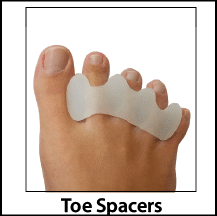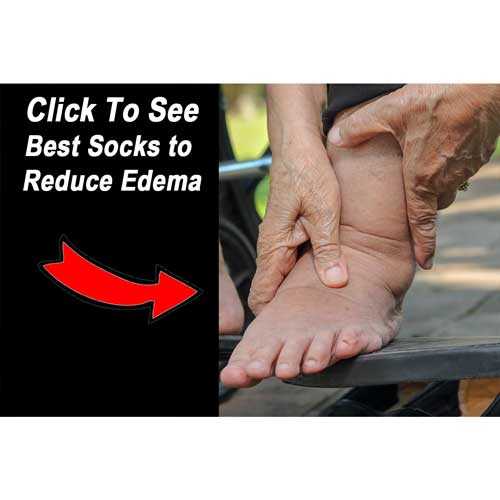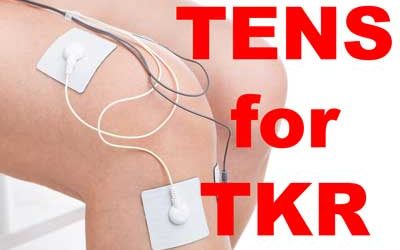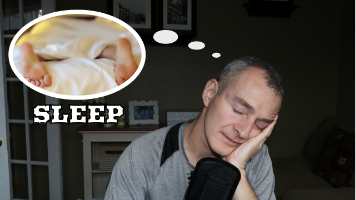Do Toe Spacers Help Bunions
Yes, toe spacers help bunions by mechanically realigning the great toe with the natural structure of the medial foot and arch.
Toe spacers should initially be used for short periods of time, up to 20-minutes a day during the first week before increasing to several hours at a time after the break-in period.
The following video explains the anatomy of the foot and how our understanding of normal foot structure has changed over the years.
Do bunions require surgery?
No, not all bunions require surgery. In my physical therapy practice, I find many patients who present with other complications such as knee or ankle pain also have bunions.
When we correct problems in the foot (including the toes) we can often resolve problems in the rest of the leg.
In the video below I share some simple manual therapy techniques you can perform at home to reduce some of the harmful mechanical changes associated with bunions.
When is surgery required to treat a bunion?
After conservative measures have been exhausted and the bunion is causing your enjoyment of life to decline then surgery may be indicated.
If you find that you are becoming less active, spending less time with friends and family, or you are just too frustrated by the pain and annoyance of the bunion then it may be time for a consultation with a surgeon.
Can massage therapy help bunions?
Yes! Massage therapy may help to reduce the pain and soreness in the foot and arch. Massage therapy may also be a great option for the rest of the lower leg.
A bunion will often cause you to change the way you walk or the alignment of the lower leg relative to the knee and hip. This may result in muscle guarding and fatigue in the calf, hamstring, IT Band, and quadricepts.
Also, manual therapy can be a great way to reduce the negative effects of arthritis and reduce subjective pain.
In this video, I share my favorite manual therapy techniques which may be performed at home.
Related articles:
How long should I ICE my knee after knee replacement?
Icing after a total knee replacement should be performed for between 10 and 20-minutes. If icing is painful then consider using heat instead. Explore myths about icing in this article.
Is tens SAFE to use for knee pain?
Have you been wondering if a TENS unit could reduce knee pain associated with arthritis? A TENS unit may be a great drug free way to reduce pain following a total knee replacement. In this article we will discuss how and when to use a TENS unit for drug free pain relief of knee pain.
Sleeping After Knee Replacement – 3 Best Positions
Finding a comfortable sleeping position after a knee replacement can be challenging. The most common advice is to sleep flat on your back with your surgical knee straight and elevated above your heart. To achieve this, many surgeons recommend propping a pillow under...





